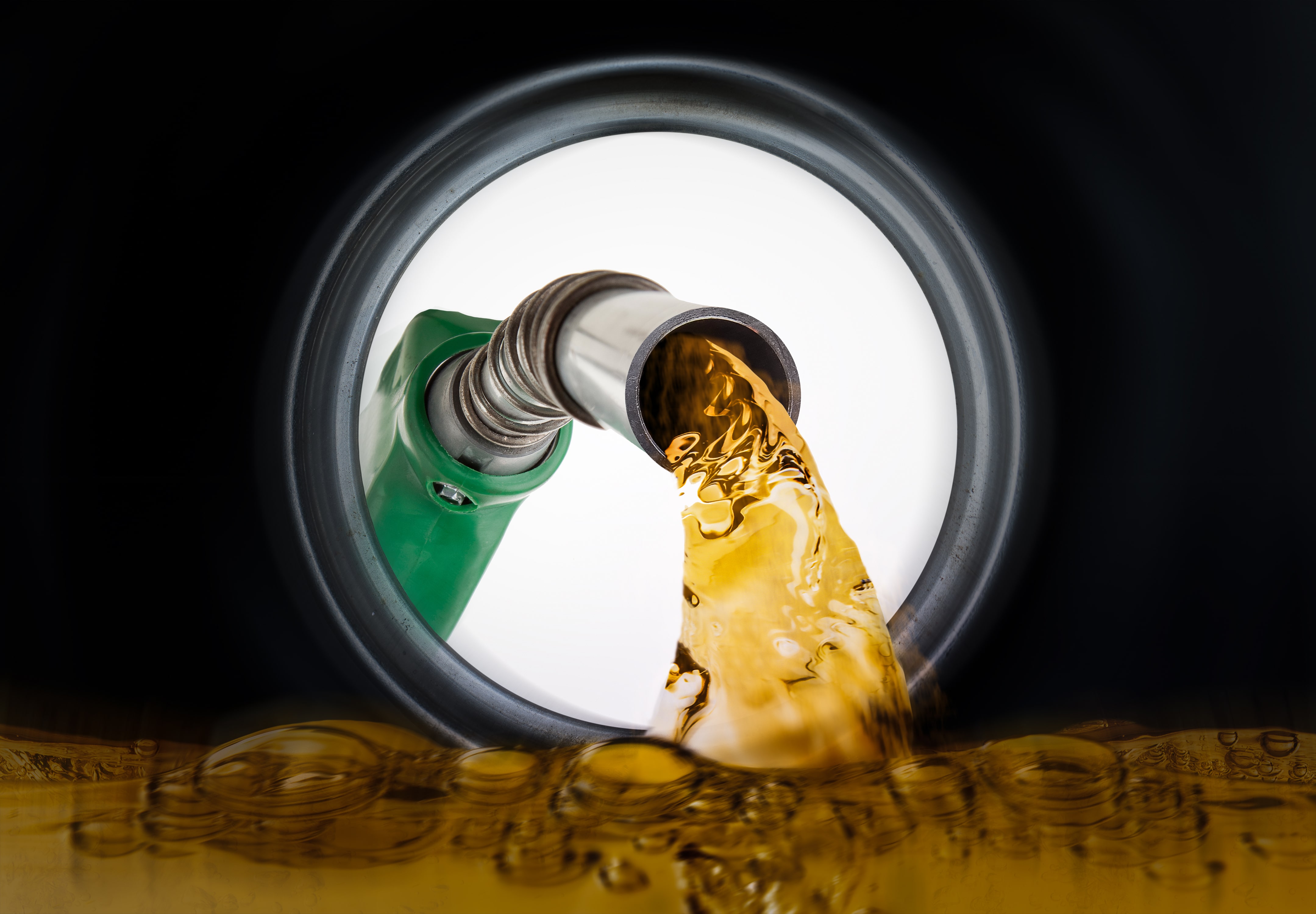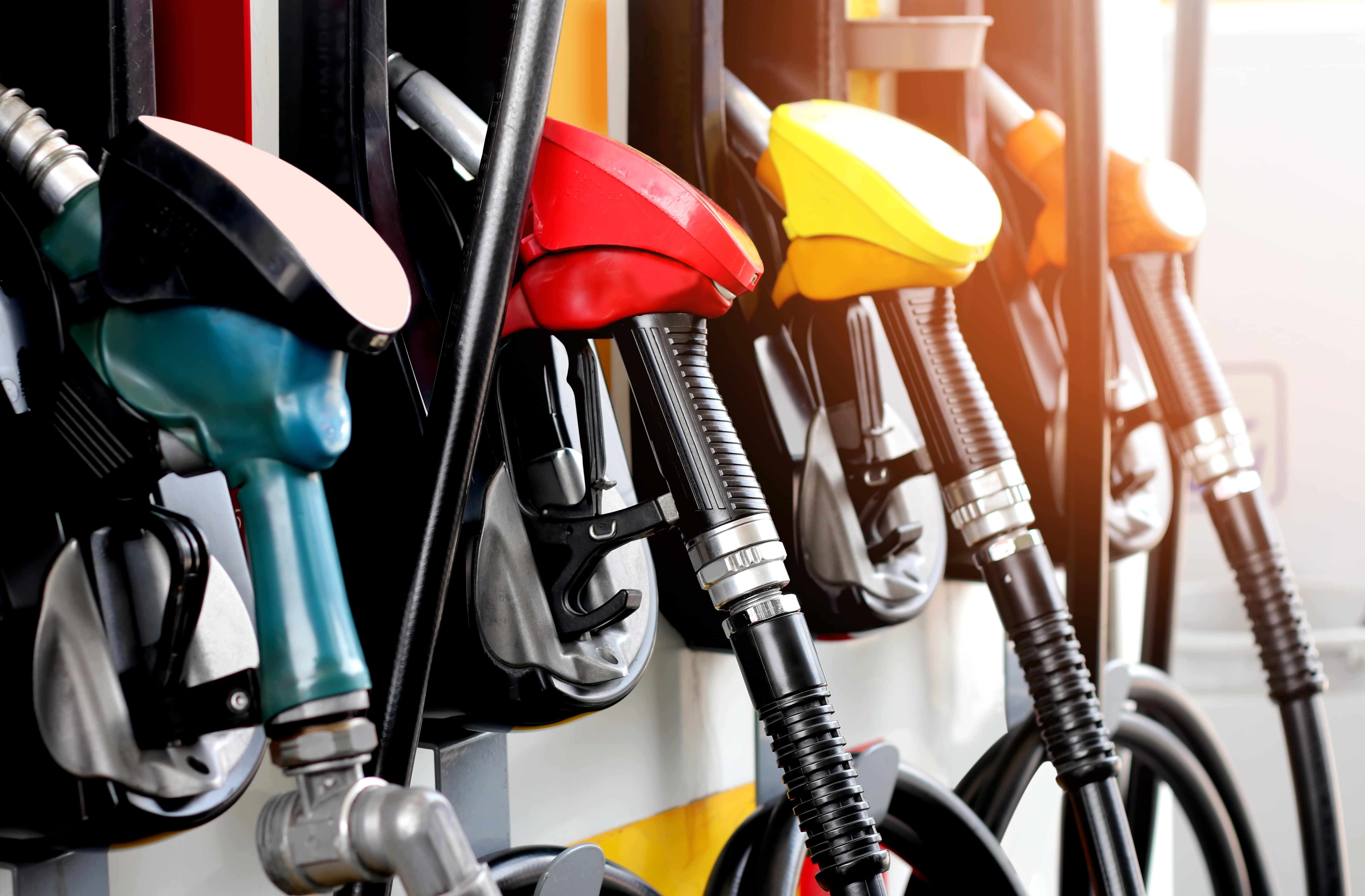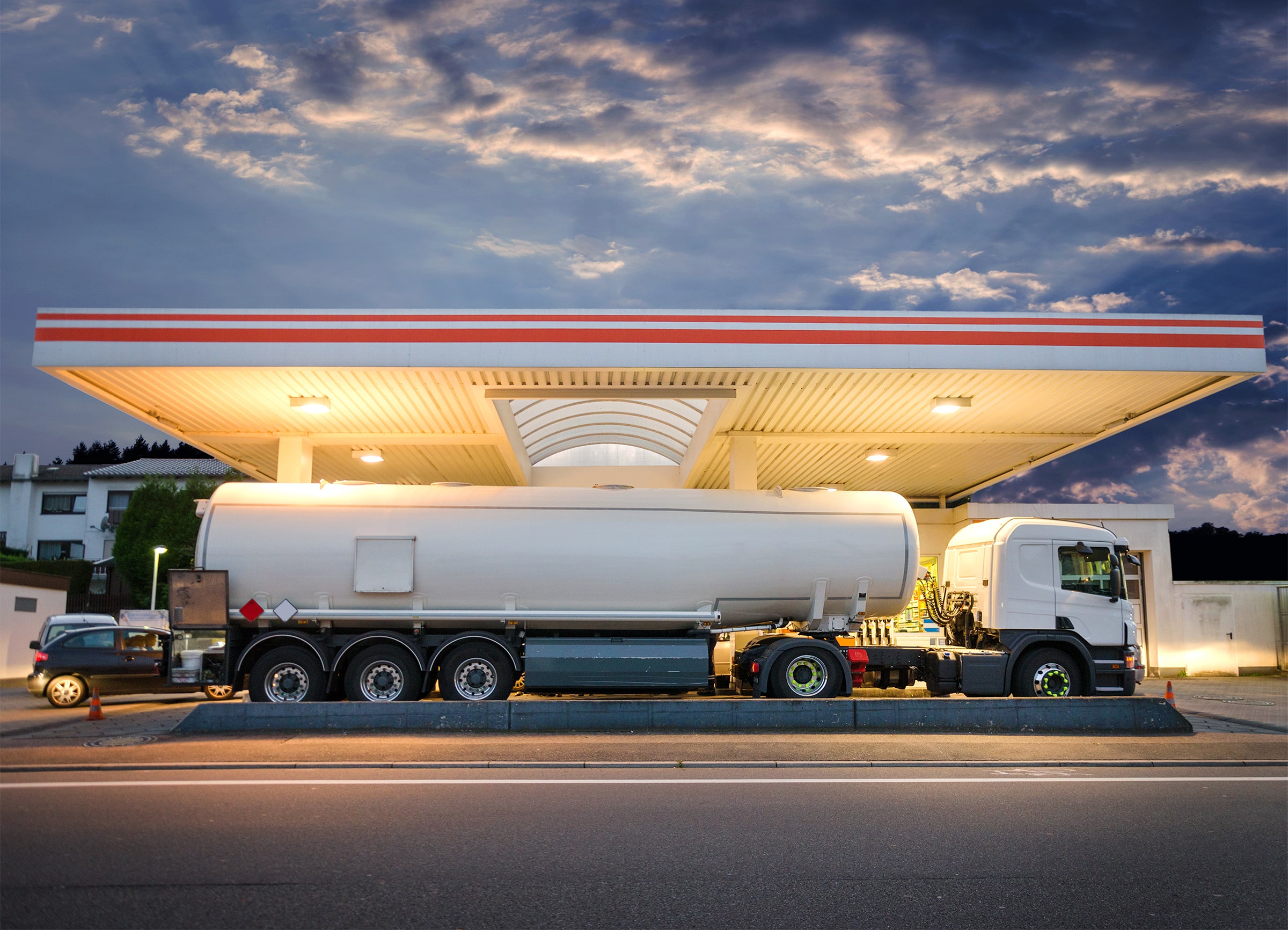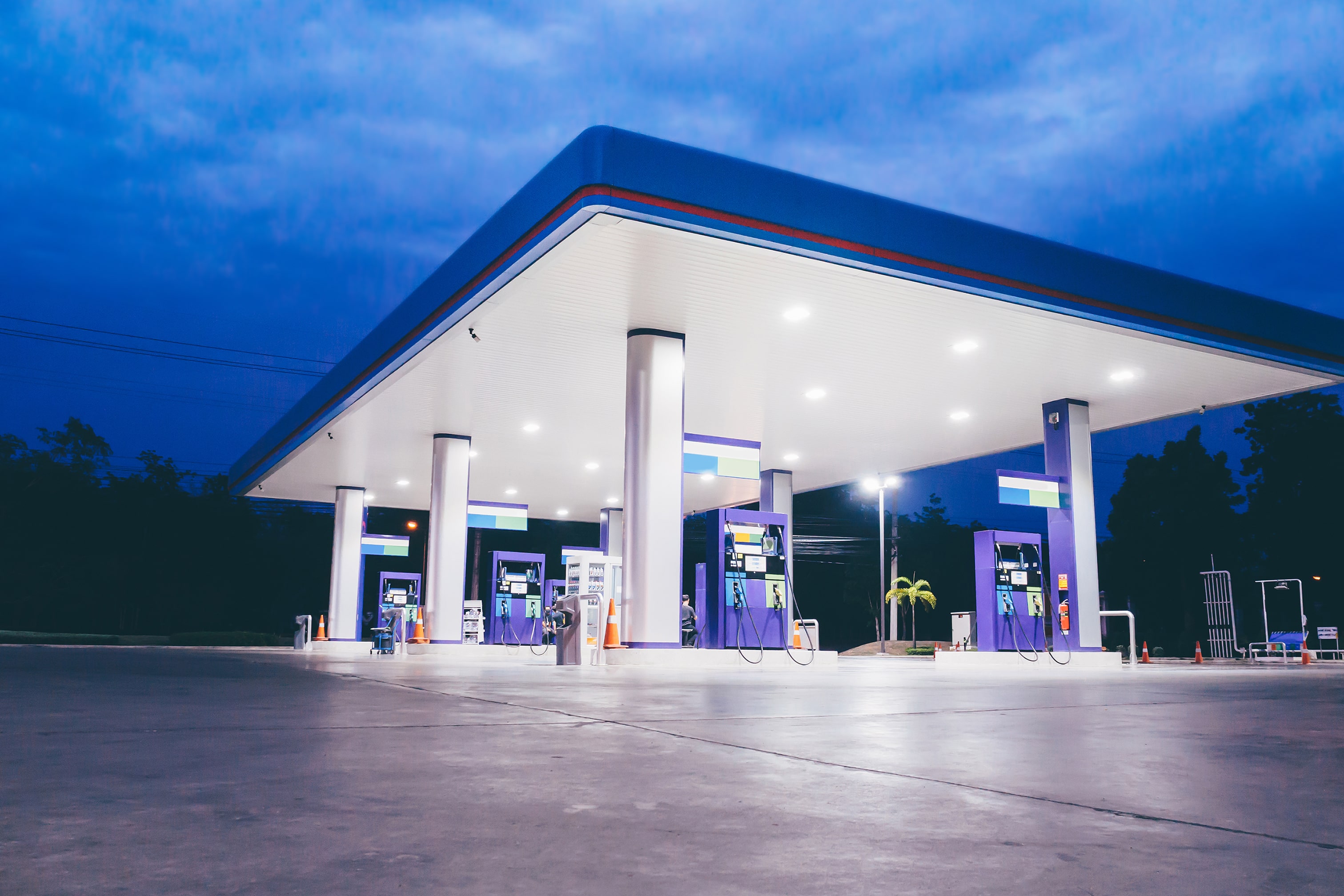
Guest
Съвети за пестене на гориво за шофьори на камиони
Създаден: 16.08.2024
•
Актуализирано: 10.10.2024
Икономията на гориво на превозните средства е един от най-важните аспекти, които влияят върху разходите на транспортните компании. Изключително важно е да разберете как да подобрите горивната ефективност, както като мениджър, така и като шофьор. В SNAP се стремим да осигурим професионална подкрепа за всички, които се занимават с превоз на товари - затова подготвихме списък със съвети, които могат да помогнат за ефективността на горивото на пътя.
Защо икономията на гориво е толкова важна?
За да разберете напълно значението на горивната ефективност на бензина, си струва да разгледате ролята, която разходите за гориво играят в бюджетите на транспортните компании. Според различни доклади разходите за гориво могат да бъдат причина за между 25 и 35 % от разходите на операторите на автопаркове. Използването на съвети за пестене на гориво може значително да намали разходите, което позволява да се освободи голяма част от бюджета за други инвестиции.
Друг аспект, заради който си струва да се изразходва гориво, е екологията. Въпреки че електромобилите бавно навлизат в товарния транспорт, повечето автопаркове все още се състоят предимно от камиони, оборудвани с обикновени двигатели с вътрешно горене. Тъй като транспортът е отговорен за една пета от глобалните емисии на замърсяване, съветите за пестене на гориво могат да помогнат не само на вас и вашата компания, но и на планетата като цяло.
Съвети за пестене на гориво от SNAP за шофьори в Обединеното кралство и Европа
За да ви помогнем да се преборите с нарастващите разходи и да намалите вредните емисии, подготвихме списък със съвети за постигане на оптимална горивна ефективност на автопарка. Те се основават на реален опит и препоръки от доверени партньори в бранша - можете да сте сигурни, че прилагането на нашите съвети ще има значителен ефект върху икономията на гориво.

1. Бавното и стабилното печели състезанието
Въпреки че може да е изкушаващо да се опитате да стигнете до местоназначението си възможно най-бързо, важно е да се съобразявате с ограниченията на скоростта по време на шофиране. Настоящите ограничения са в сила от 2015 г., като максималната скорост по еднолентовите и двулентовите пътища е съответно 50 и 60 мили в час, а по магистралите - 70 мили в час. Важно е да се отбележи, че за превозните средства с тегло над 7,5 тона (като теглото се изчислява както от теглото на автомобила, така и от теглото на товара) важат по-рестриктивни ограничения на скоростта, включително 60 мили в час по магистралите. Добре документирано е, че равномерното шофиране и спазването на ограниченията спомага за икономията на гориво на автомобила - нещо повече, помага да се избегнат глоби за превишена скорост и рязко намалява риска от произшествия.
2. Научете повече за икономията на гориво
За да разберете напълно влиянието на вашия стил на шофиране върху транспортните разходи, трябва да се запознаете с тънкостите на икономията на гориво. MPG е най-разпространената единица, използвана за измерване на разхода на гориво на автомобилния парк. Изчислението е сравнително просто, но мерните единици могат да бъдат объркващи, тъй като повечето бензиностанции в Обединеното кралство и Европа продават гориво в литри. Един британски галон се равнява на 4,546 литра. Повечето съвременни автомобили предоставят статистически данни за MPG в движение, така че можете лесно да следите разхода на гориво, докато шофирате.
3. Спирайте по-малко и карайте с равномерно темпо
Спокойният стил на шофиране може да направи чудеса за икономията на гориво на камиона. Използвайте спиране с двигател навсякъде, където можете, поддържайте безопасна дистанция между вас и другите автомобили и най-вече - използвайте здрав разум на пътя. Бъдете нащрек, за да разпознавате бързо всякакви ситуации, които може да изискват намаляване на скоростта, и регулирайте скоростта по подходящ начин, за да се предпазите и същевременно да намалите разхода на гориво.
4. Шофирайте на по-високи предавки, когато е възможно
Друг аспект, който трябва да вземете предвид, е начинът на работа на двигателя - по-високите предавки означават по-малко обороти в минута, което води до по-малко натоварване на двигателя. Освен ако не се спускате по наклон или не намалявате скоростта, за да изпреварвате, старайте се да останете на по-висока предавка, когато е възможно. Това е една от най-важните техники на шофиране за пестене на гориво.

5. Погрижете се за камиона си
Грижете се за автомобила си и той ще се грижи за вас. Поддържайте редовно автомобила си, следете за нивото на маслото и налягането в гумите и контролирайте ефективността на двигателя. Тези съвети за шофиране с цел икономия на гориво могат да доведат до много успехи и да отложат ремонтите и другите дейности по поддръжката. Често пренебрегван аспект на икономията на гориво на автомобилния парк са правилно напомпаните гуми, които могат да намалят разхода на гориво с до 2%.
6. Планирайте маршрута си и се информирайте за пътната обстановка
Предварителното планиране на маршрута може да ви помогне да избегнете грешни завои и да добавите ненужни километри към пътуването си. Често това се прави автоматично от устройството за сателитна навигация, но също така трябва да сте информирани за всички потенциални обходни маршрути и лоши пътни условия, за да оптимизирате допълнително маршрута си.
7. Имайте предвид аеродинамиката
Това, което често се пропуска, когато се дават съвети за пестене на гориво, е ефектът на въздушното съпротивление върху разхода на гориво. При по-високи скорости дори отворените прозорци могат да навредят на икономията на гориво. Аеродинамичните загуби могат да увеличат разхода на гориво с до 20% - тази точка определено си струва да се има предвид, докато шофирате.
8. Използвайте най-икономичните камиони
Този съвет е по-скоро насочен към мениджърите на автопаркове, но е добре да го помните и като шофьори. Въпреки че е трудно да се избере един-единствен най-икономичен камион, на пазара определено не липсват икономични камиони - особено сред по-новите модели. Камионите с добри показатели за пробег са жизненоважен актив за всяка транспортна компания. Макар че в някои случаи първоначалната цена на камионите с най-добър МРГ може да е по-висока от тази на алтернатива, която използва повече гориво, икономиите стават очевидни в по-дълъг период от време.
9. Изключвайте двигателя на празен ход
Особено когато напускате магистралата и стигате до крайната си дестинация, която може да е в град, често може да се окажете в ситуация, в която сте спрели в движение, дори за по-дълги периоди от време. В такива случаи си струва да изключите двигателя за известно време. Това е от полза дори за най-икономичните камиони - същевременно можете да намалите емисиите и да намалите нивото на шума.
10. Използвайте надеждни решения, които да ви помогнат на пътя
Намирането на място за паркиране или на подходящо място за зареждане на гориво може да добави много излишни километри към маршрута ви. За да ускорите този процес, можете да използвате софтуер за TMS (система за управление на транспорта) - платформата SNAP е достъпна както за оператори на автопаркове, така и за шофьори. Наличните функции включват модула SNAP Parking, който ви позволява да намирате спирки за камиони и депа за паркиране - спестявайки ви време и гориво.

Обобщение - шофирайте стабилно, съобразете се с аеродинамиката, използвайте подходящия автомобил и използвайте функциите на SNAP акаунта
Как да постигнете оптимална икономия на гориво на автомобила? Има много начини за намаляване на разхода на гориво - от поддържането на спокоен и стабилен стил на шофиране, през използването на най-икономичните налични камиони, до грижата за аеродинамиката и поддръжката на камиона. Можете също така да постигнете отлични резултати, като използвате функциите, налични в платформата SNAP Account, като SNAP Fuel и SNAP Parking.
Понастоящем нашите решения помагат на повече от 185 000 шофьори в цяла Европа, а на повече от 8500 автопарка помагат да спестят разходи за гориво. Разходите за гориво могат да съставляват 25-35% от разходите на транспортната компания - освен икономическите предимства, ефективността на бензина е жизненоважна и за планетата, тъй като спомага за намаляване на емисиите.



